
Expressive Iteration | Illustration by Anastasia Ovchinnikova
Card advantage is vital in Magic but especially in Commander. Players are often advised to add tons of card draw to their deck. It lets you see more cards, and one of the easiest ways to win a game of Magic is to have seen more cards than your opponents.
One reason blue is considered Magic’s best color is its access to the best card draw, so the Izzet guild has a natural advantage over non-blue color pairs in its access to card advantage. But each guild still has its quirks when it comes to drawing cards. What’s the best way to leverage Izzet card advantage?Let’s find out!
What Is Izzet Card Draw in MTG?

Blast of Genius | Illustration by Terese Nielsen
Izzet card draw doesn’t just throw a bunch of cards in your hand—though it often manages that. Izzet's card advantage leans heavily into card selection. That is, looking at a bunch of cards and choosing a few. These often manifest in looting effects that allow you to draw a number of cards and then discard that many. Additionally, Izzet card advantage often utilizes the graveyard or exile zones. I’m looking at anything that lets you get extra cards in your hand.
As a color pair, is known for spellslinger strategies focusing on instants and sorceries. As such, most Izzet card advantage is on instants and sorceries or cares about them.The most important thing for card advantage is efficiency. This isn’t to say there’s no room for expensive card-draw spells, provided they draw enough spells, but cheap card advantage tends to be the strongest.Flexible card draw spells are also quite powerful. Having options is nearly always better than having none, and card advantage that doubles as interaction is often fantastic.
#30. Wandering Mind
The humble Wandering Mind is a fine, if unexciting, way to see an extra card. Some decks can capitalize on this effect with flicker shenanigans, which makes it a much more appealing card.
#29. Firemind’s Foresight
Firemind's Foresight asks a lot in the mana department but provides a burst of card advantage to go with it. This is best suited for grabbing a combo piece, like Ghostly Flicker or Brain Freeze, alongside counterspells to protect the combo.
#28. Izzet Chronarch
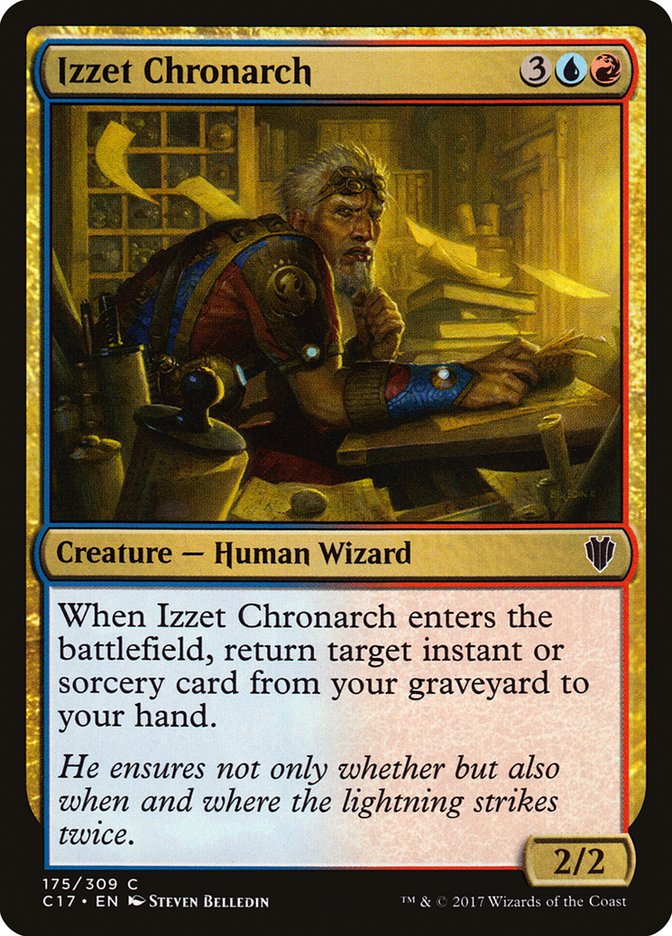
Izzet Chronarch offers fantastic value for spellslinger decks and works as a powerful combo piece alongside Ghostly Flicker or just near unchecked value with Displacer Kitten. Its primary weakness is that blue and red individually have cheaper versions, but this Archaeomancer variant provides valuable redundancy and multicolor synergy.
#27. Mercurial Chemister
Magic has advanced to a stage where a 5-mana creature that needs to survive a turn to be useful is weak, but Mercurial Chemister is a fine payoff for players who don’t mind the risk. Two cards for 1 mana is incredibly efficient, and the discard ability provides welcome versatility.
#26. Blast of Genius
Blast of Genius provides a delightful burst of card advantage and damage. It’s pricy, but it wants to be in a deck focused on leveraging pricy spells to get the most out of its discard ability.
#25. Yusri, Fortune’s Flame
Yusri, Fortune's Flame is a fantastic design. Yusri isn’t the most consistent draw engine in the world but potentially provides tons of cards for a relatively low mana investment. This creature is worth building around, with effects like Krark's Thumb.
#24. Arjun, the Shifting Flame

Few creatures trigger effects that care about drawing cards better than Arjun, the Shifting Flame. While constantly wheeling shows you a lot of cards, it can make it hard to build a consistent strategy, so you need to do a little work to maximize this card’s effect.
#23. Invoke the Firemind
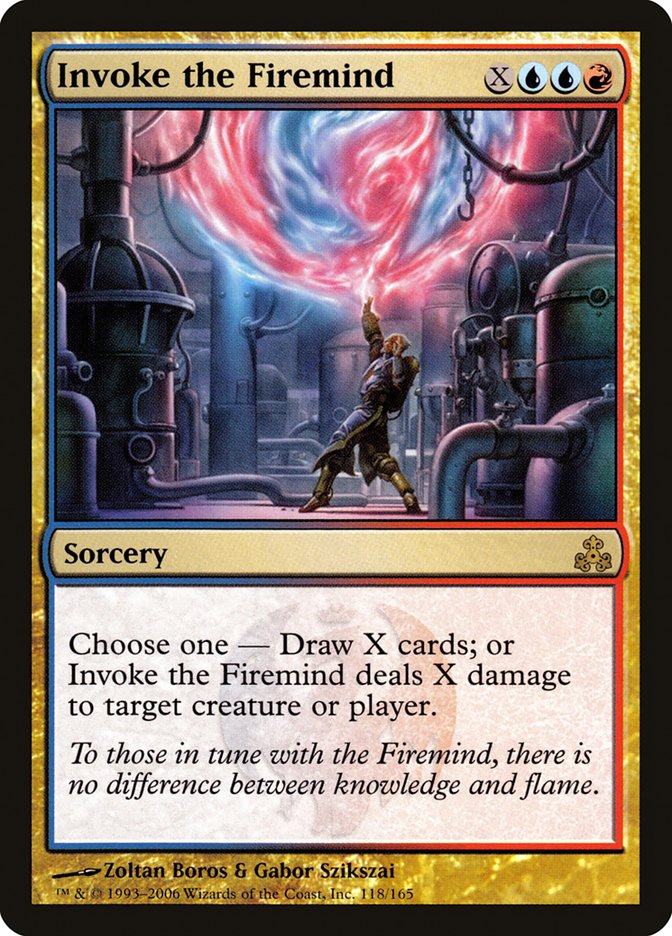
Being a sorcery holds Invoke the Firemind back, but this card has potential. The flexibility of drawing a bunch of cards or killing a problematic threat is handy, but the costs and needing to tap out for so much mana are too restrictive for this card to thrive.
#22. Keranos, God of Storms
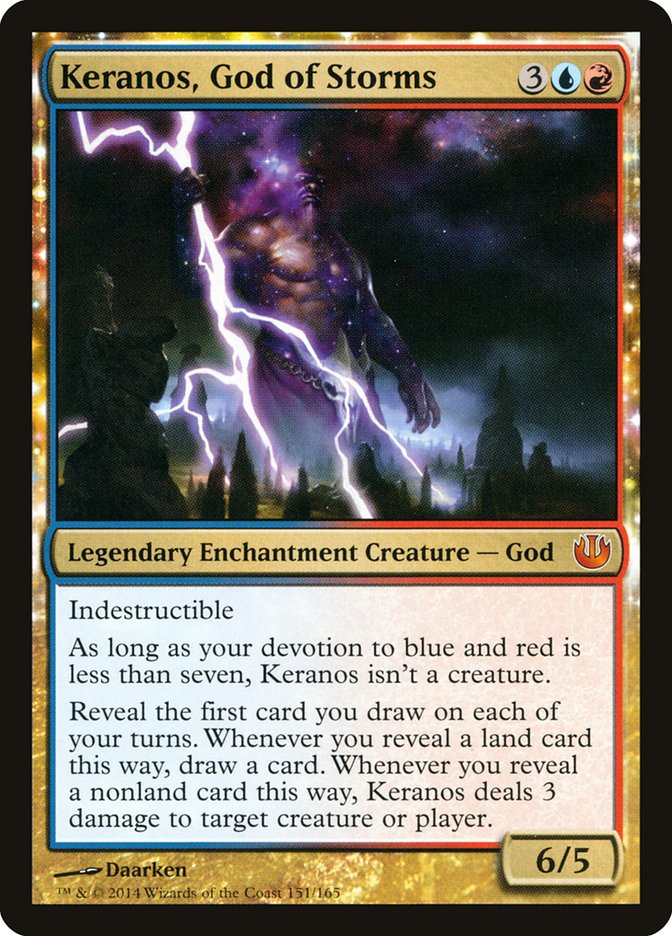
Keranos, God of Storms was once a fearsome card draw engine, but modern Magic has crept past it. That said, it’s pretty hard to remove and provides versatility as card advantage or board control. Deck manipulation, like Sensei's Divining Top or Brainstorm, does a lot to curb the variance.
#21. Sorcerer Class
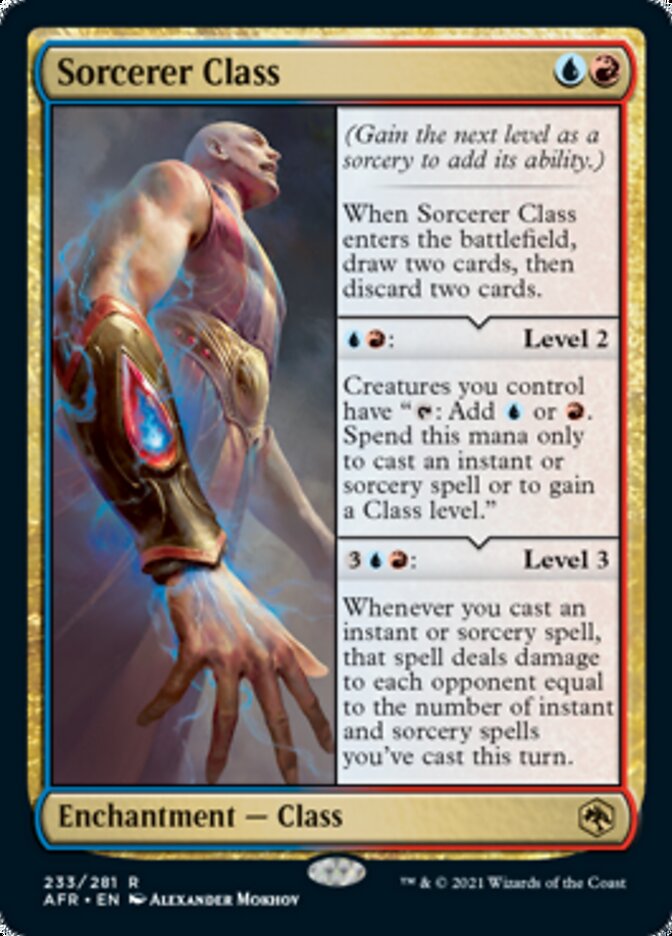
Sorcerer Class is far from the flashiest card, but it’s still a respectable include for many spellslinger decks. The card filtration digs pretty deep, and the additional levels are worth investing in. Decks that produce tokens with cards like Third Path Iconoclast or Saheeli, Sublime Artificer can especially capitalize on the second level.
#20. Truth or Consequences

You’ll generally draw at least one card off Truth or Consequences, as it’s the best mode for you to choose unless your consequence vote has a reasonable chance at taking a player out. This card is the epitome of a Commander card, as it gets far more interesting in a four-player game than the 1v1.
#19. Arcane Infusion
Arcane Infusion functions as a decent two-for-one that draws two cards with a bit of a mana investment. Flashback plays well with the various looting effects in Izzet, making it a fine, relatively synergistic piece for decks with enough instants and sorceries.
#18. Cryptic Pursuit
Cryptic Pursuit’s card advantage is pretty roundabout, but it gets you there in the end. You need plenty of instants and sorceries to increase the odds of manifesting cards you’ll draw, but the board presence is solid, even if you’re just flipping lands. Getting to flip creatures face up also helps protect against countermagic.
#17. Prophetic Bolt
Sometimes, you want a clean two-for-one. Prophetic Bolt kills most creatures and replaces itself. Getting the best card of four is significantly stronger than drawing a card, though the mana cost is still too restrictive for more competitive tables.
#16. Fevered Visions
Howling Mine variants like Fevered Visions have downsides, namely in giving your opponents cards, but they’re also exploitable. Cards like The Locust God and Niv-Mizzet, Parun ensure you get more value from your extra cards than your opponents, and you can always punish them for drawing cards with Narset, Parter of Veils or Orcish Bowmasters.
#15. Jori En, Ruin Diver
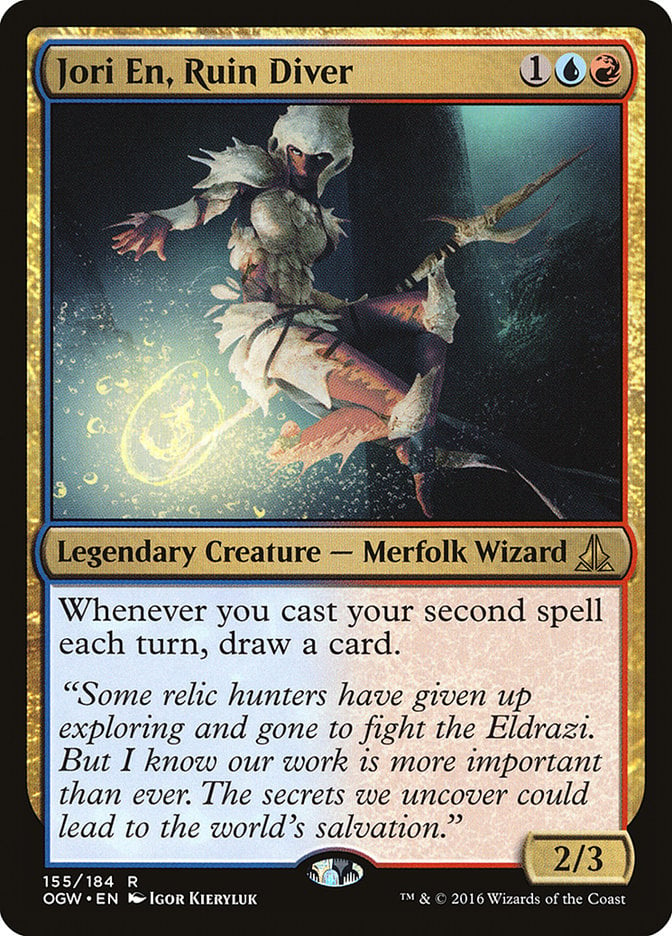
Jori En, Ruin Diver provides a cheap card advantage engine that can draw multiple cards in a turn cycle. It’s easy to trigger on your turn, especially if you play 0-mana spells and artifacts, and it doesn’t take too much to sneak an extra card into your hand on another player’s turn.
#14. Kraum, Ludevic’s Opus

Often seen gracing the command zone of cEDH partner decks, Kraum, Ludevic's Opus, provides decks with an interesting source of card advantage. The better your opponents’ turns get, in terms of spell cast, the more cards you draw. Coupled with an effective clock and being a partner that provides access to two powerful colors, Kraum is a worthy commander, even if it feels a little weaker in the 99.
#13. Izzet Charm

Having some flexibility with your card draw is always nice, and it’s hard to beat the flexibility of a charm. The traditional weakness of soft interaction is that it falls off, but Izzet Charm mitigates this nicely with the double loot that lets you see a lot of cards for a measly 2 mana.
#12. Exalted Flamer of Tzeentch

Getting an instant or sorcery every single turn is great, even if you don’t necessarily know which one you’re getting. The best way to mitigate than random element of Exalted Flamer of Tzeentch is by selectively exiling cards from your graveyard, like with delve cards. You can also pack your deck with redundancy—if you have five extra turn spells in your graveyard, the odds of getting one are pretty good.
#11. Magma Opus
Magma Opus does much more than just draw cards, but its hefty cost is restrictive. It plays fantastically with cards like Mizzix's Mastery and Torrential Gearhulk that exploit its discard ability.
#10. Dack Fayden
The greatest thief in the Multiverse is perhaps best known for swiping moxen in Cube, but Dack Fayden is also quite skilled at tearing through your deck to help find answers and combo pieces. Its ability offers additional utility since it can target other players. This is useful politically in Commander and in concert with cards like Narset, Parter of Veils.
#9. Rielle, the Everwise
The first place your mind goes upon reading Rielle, the Everwise is Wheel of Fortune and drawing fourteen cards, but there’s plenty of utility beyond that. So much of Izzet’s and red’s card draw depends on looting, which goes from being card-neutral to incredible card advantageous.
#8. Eruth, Tormented Prophet
Eruth, Tormented Prophet must be played in a proactive Izzet deck filled with cheap cards, as impulse draws play poorly with expensive spells and countermagic. If you avoid these pitfalls, Eruth doubles the resources you draw each turn and blocks well for a mere 3-mana investment.
#7. Steam Augury
Steam Augury is a super intriguing Fact or Fiction variant. Getting to pick the piles yourself adds another layer to the mind games that come along with this kind of effect. It’s effective card advantage; a 2-3 split means you’re going up at least one card or getting the best card of five—so long as you build your piles right.
#6. Expansion // Explosion
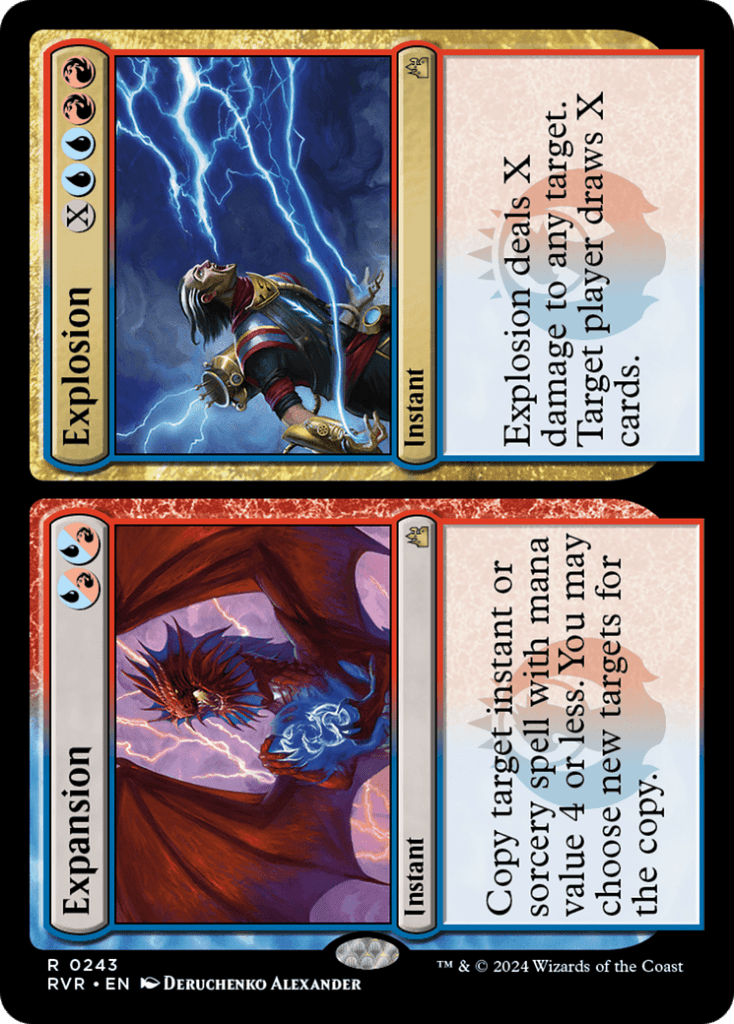
The duality makes Expansion/Explosion work well. Copying cheap spells often translates to winning a counter war or piggybacking off another player’s Swords to Plowshares. Explosion finishes games, either by getting your opponent to 0 or drawing more cards than they can hope to compete with, and works as an infinite mana outlet to take out two players at once.
#5. Jhoira, Weatherlight Captain
How many cards could a 4-drop draw if a 4-drop could draw cards? An unreasonable number, that’s how many. Jhoira, Weatherlight Captain shines as a storm commander, ripping through your deck as you throw out every 0-mana artifact in existence. If you power this out fast enough, you’ll be holding your entire deck by turn 6.
#4. Niv-Mizzet, Parun
Arguably one of the strongest Izzet spells in general, Niv-Mizzet, Parun goes beyond just card draw. It’s board control, a win condition, and hard to interact with favorably. Not every deck can support this intensive mana cost, but it’s one of the best draw engines in Izzet.
#3. Flame of Anor
Izzet abounds with wizards, so Flame of Anor is often a two-for-one. Even when it’s not, it’s an incredibly flexible removal spell that can put you up on cards. This is Izzet Charm’s older, terrifying brother.
#2. Prismari Command
Prismari Command always does two things and gives you plenty of options to choose from. This is just one of the best commands. You can always default to a double loot and a Treasure, so there’s practically no point in the game where this is a dead card. It’s always to least fine, and often excellent.
#1. Expressive Iteration
There’s practically no point in a game where you’re sad to see Expressive Iteration off the top. Getting the best two out of three cards for a mere 2 mana is fantastic. It sculpts your hand as well as cantrips like Ponder and Preordain and makes up for the extra mana by providing raw card advantage, provided you can play the card you exile. Which you often can.This is likely the pinnacle of 2-mana cantrips the way Brainstorm and Ponder are about as powerful as you can expect a 1-mana cantrip to be (Ancestral Recall being an extreme outlier).
Best Izzet Card Draw Payoffs
There are a few great payoffs for card draw in Izzet. Firstly, cards that trigger off your drawing cards. Niv-Mizzet, Parun is one of the most prominent examples, but Teferi's Tutelage and The Locust God are a few other spells that give the strategy lots of legs.
Izzet card draw also utilizes graveyard synergies quite well. All those looting effects fuel cards like Underworld Breach, Past in Flames, and Dig Through Time as fast as traditional self-mill strategies while letting you choose what to discard.
Speaking of discard, there are even some ways to maximize that aspect. Inti, Seneschal of the Sun and Containment Construct turn discarded spells into additional card advantage, while Currency Converter makes them into treasures and creature tokens.
Wrap Up

Niv-Mizzet, Parun | Illustration by Svetlin Velinov
Card advantage comes in many shapes and forms. However you obtain it, it provides a crucial edge to help grind your opponents into dust. Izzet card advantage often leans on card selection, ripping through your deck to keep your hand full of fresh cards and your graveyard stocked with discarded ideas that only need a creative spark to come back.
What’s your favorite color pair? Do you like obtaining card advantage through draw spells or prefer passive card draw engines? Let me know in the comments or on the Draftsim Twitter! Stay safe, and keep experimenting!
Follow Draftsim for awesome articles and set updates: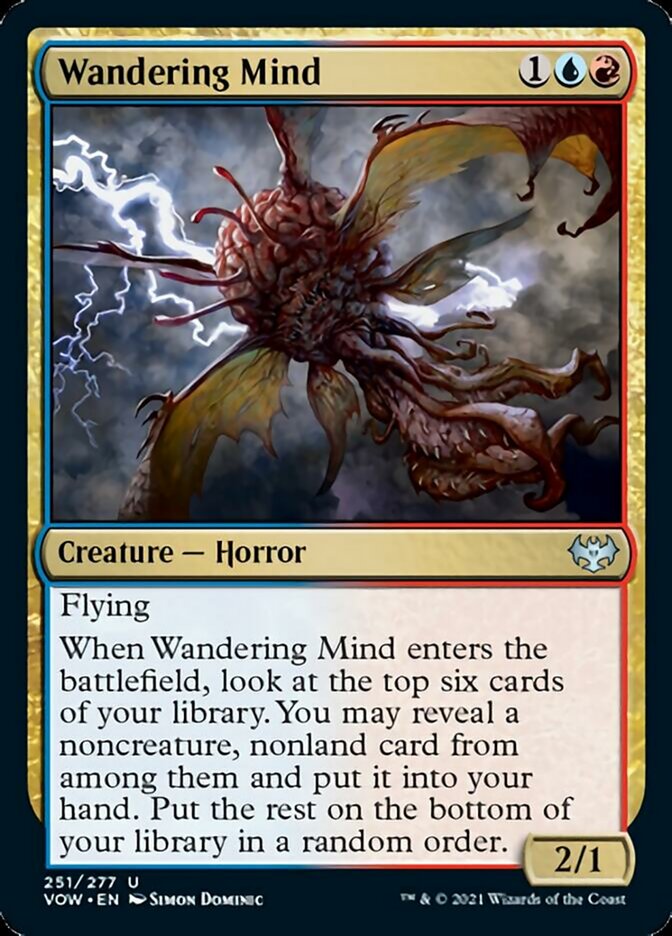
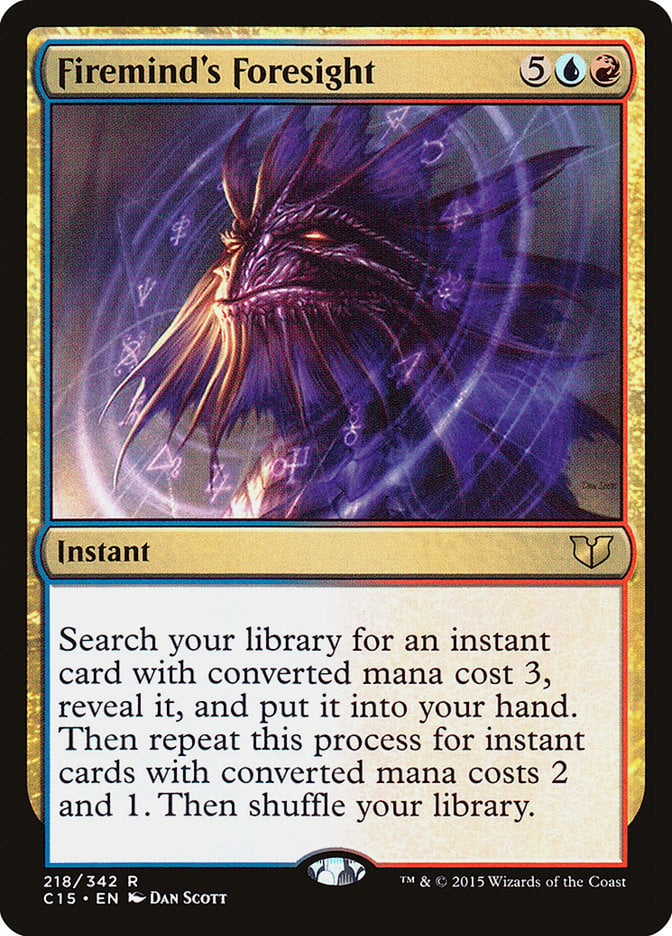
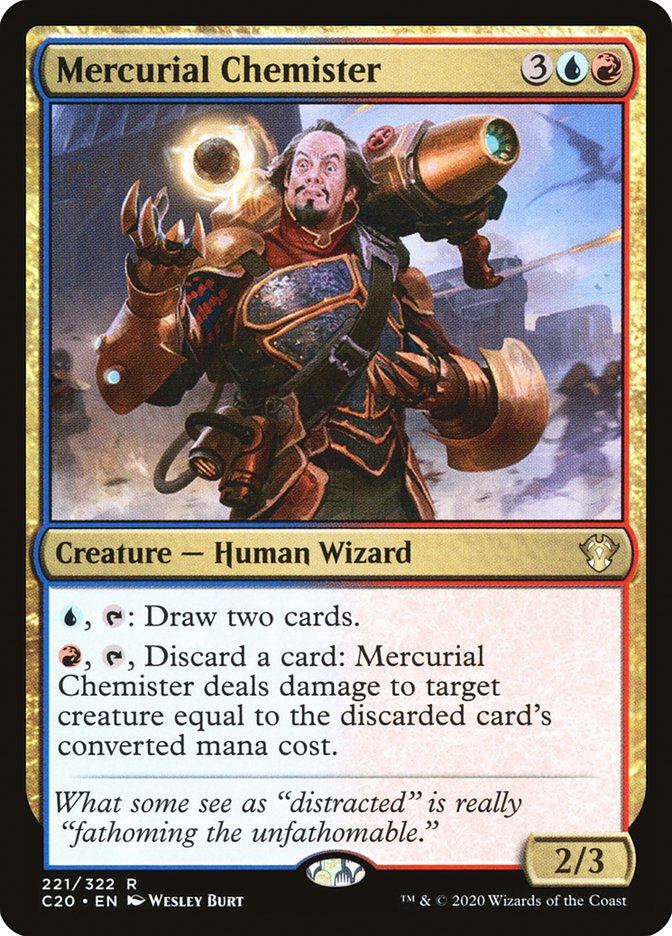

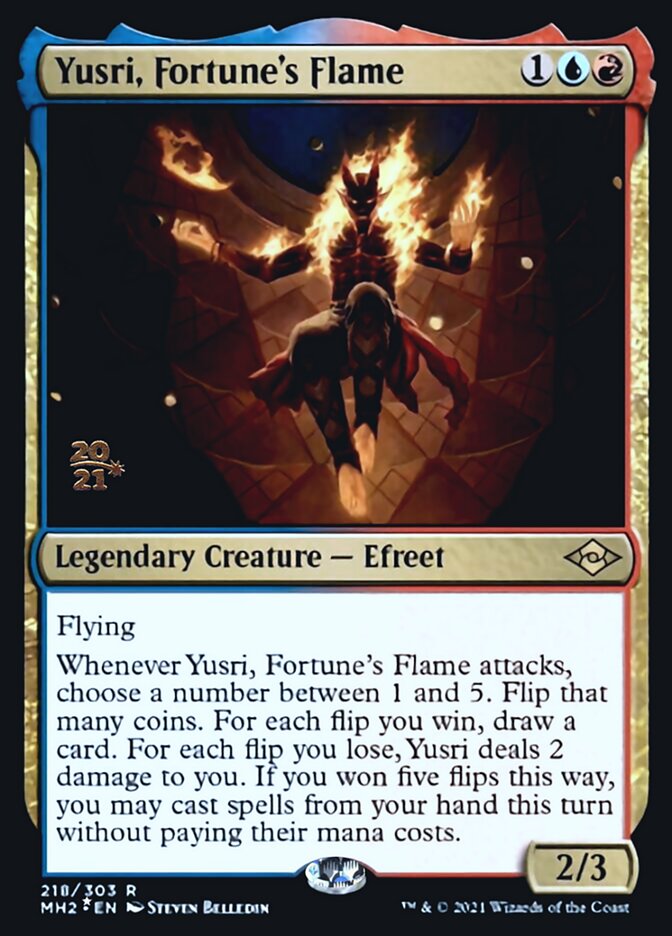
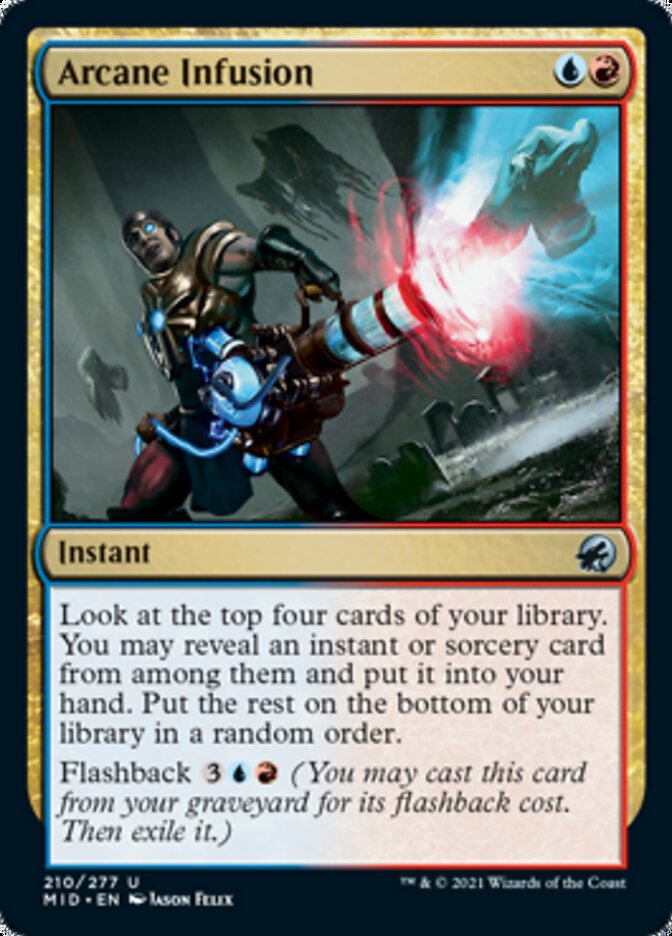

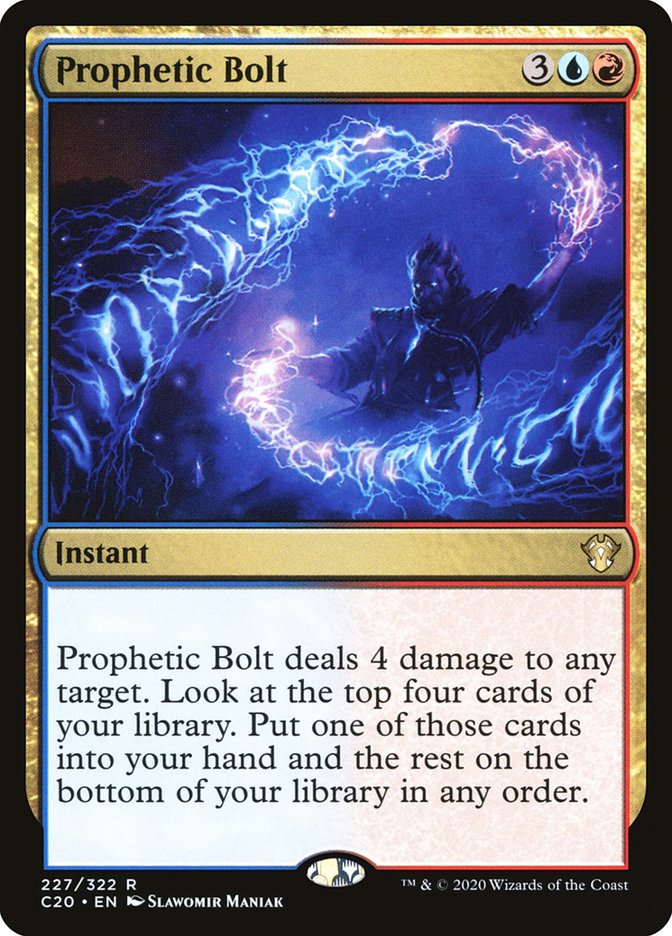

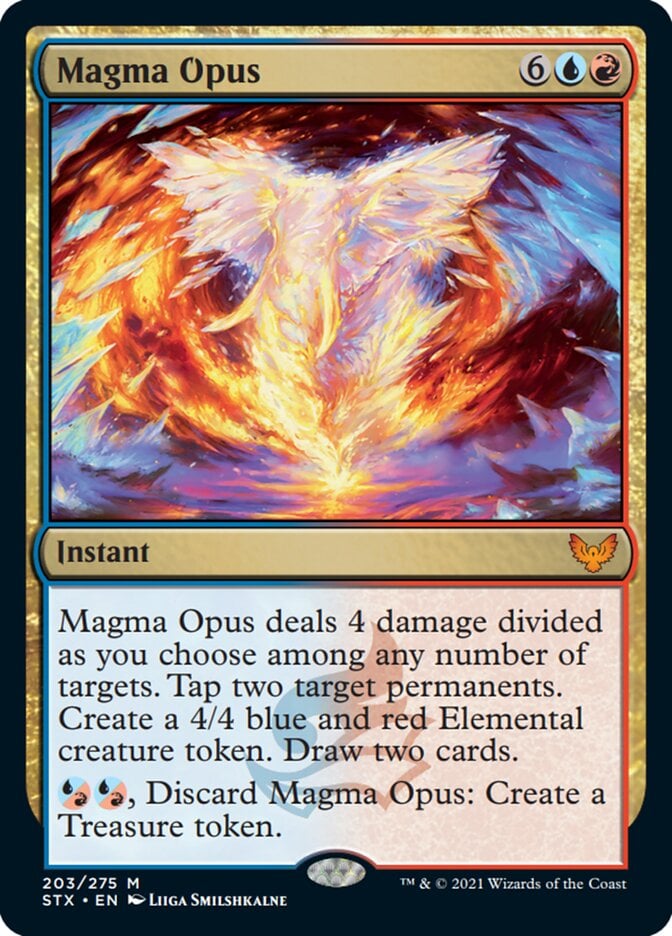
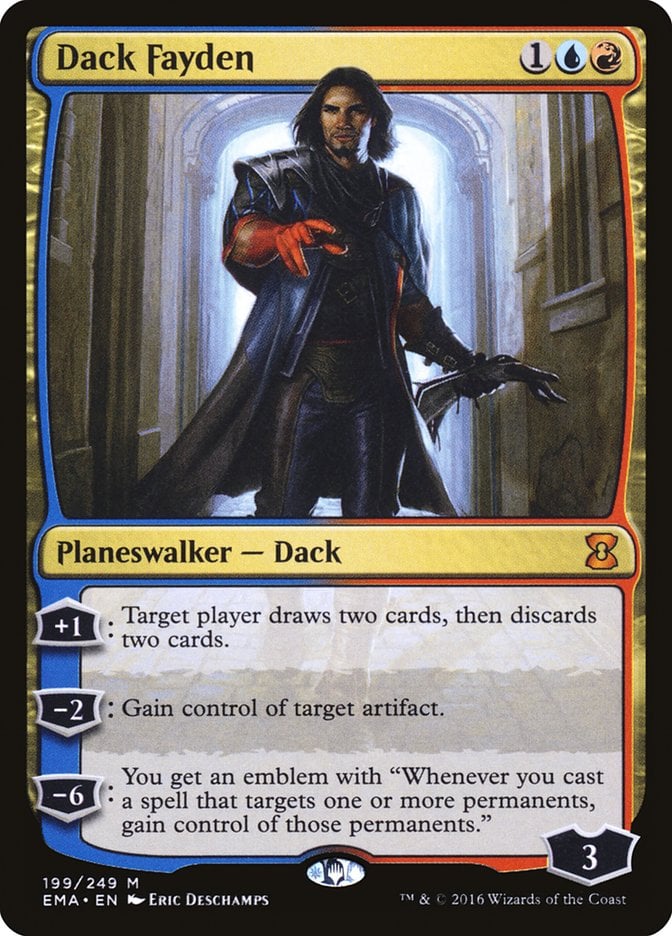
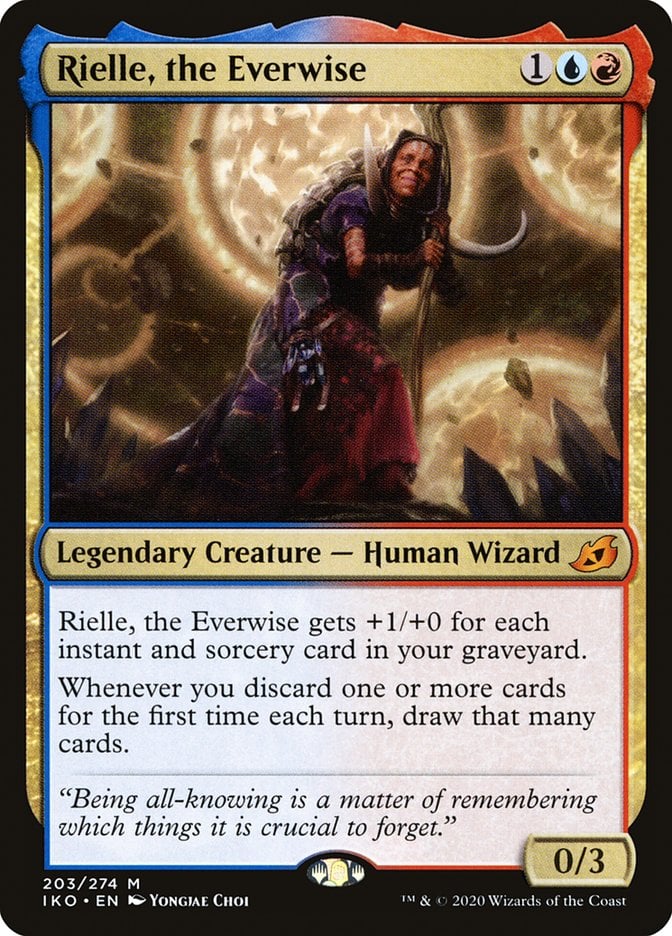
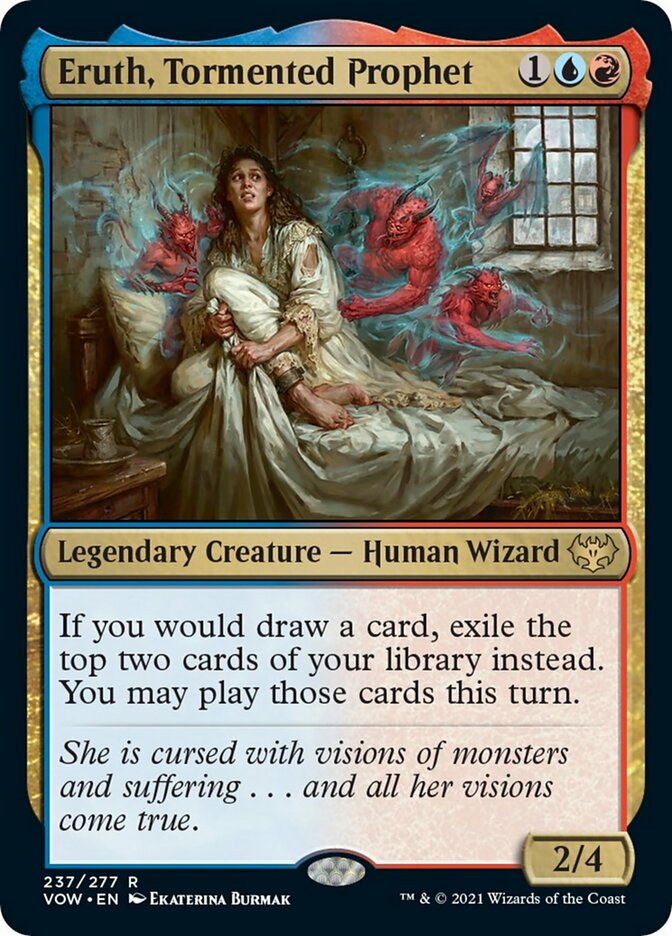

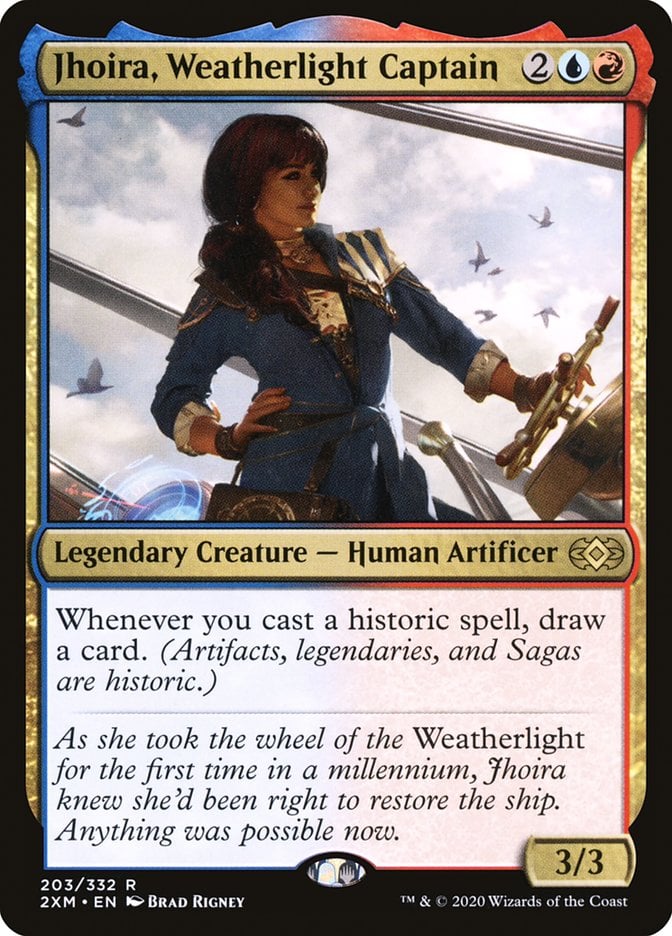
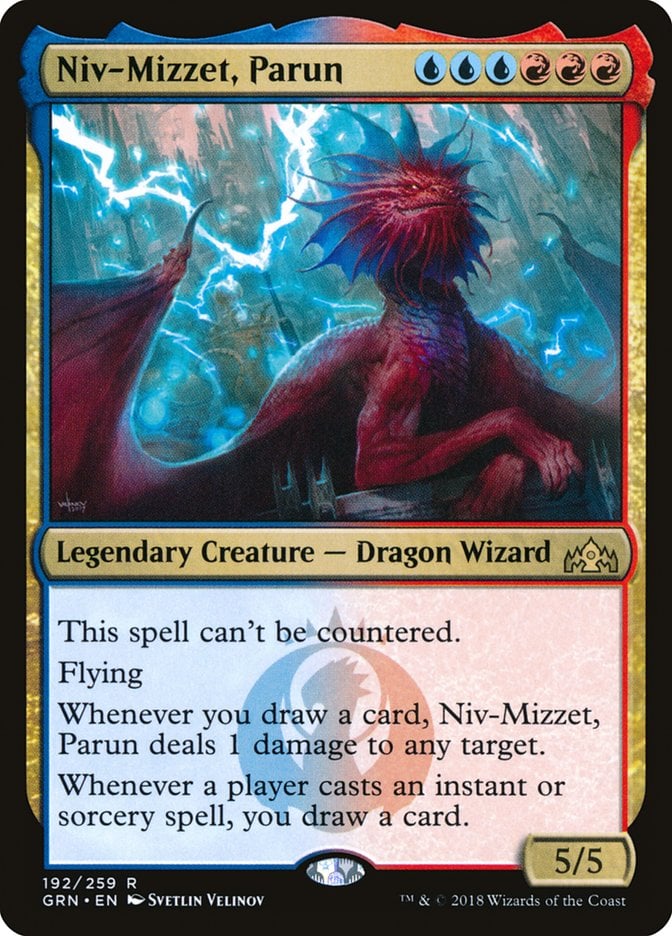
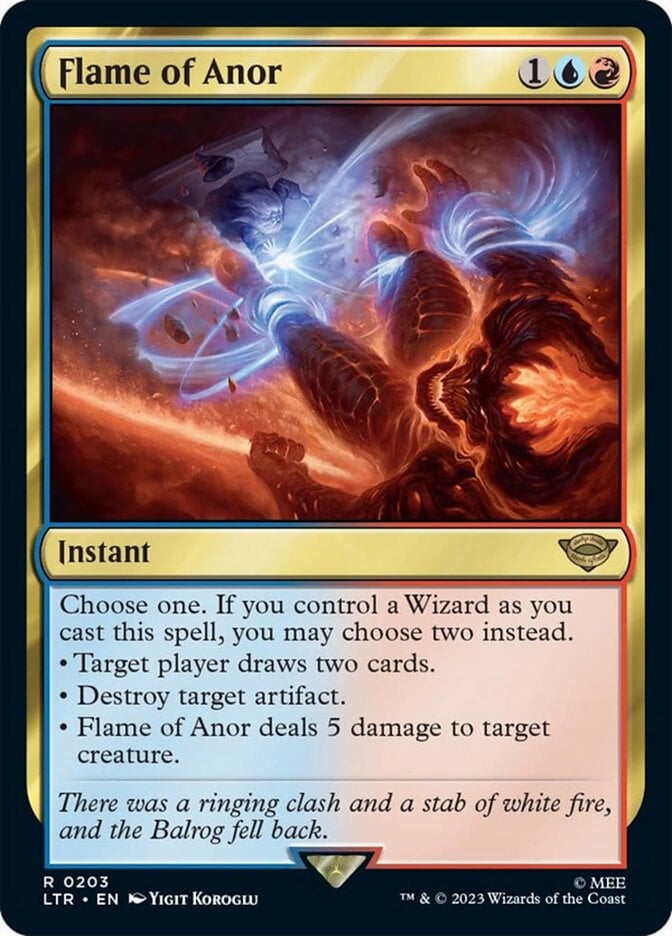


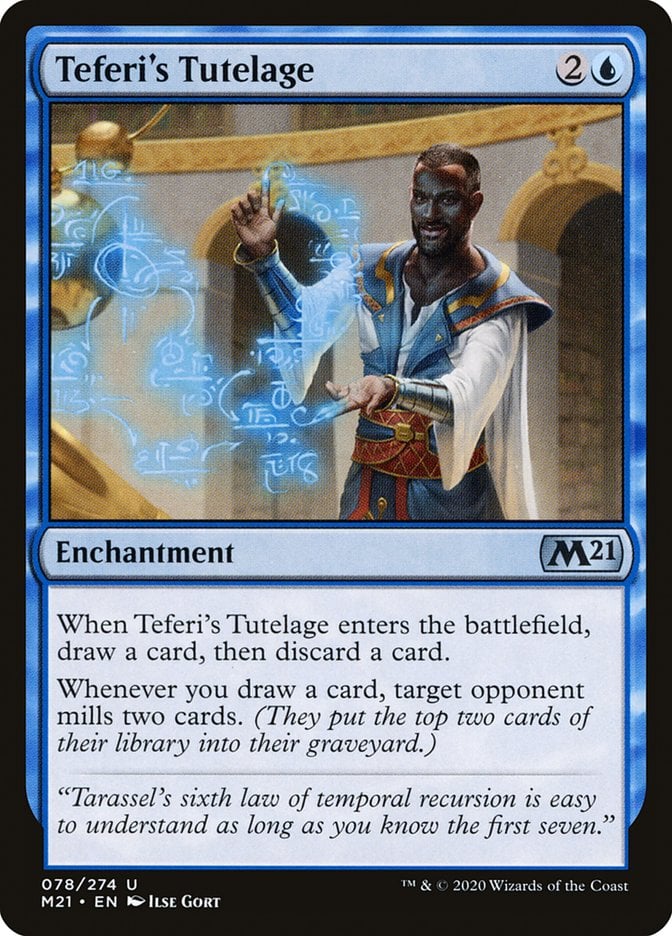
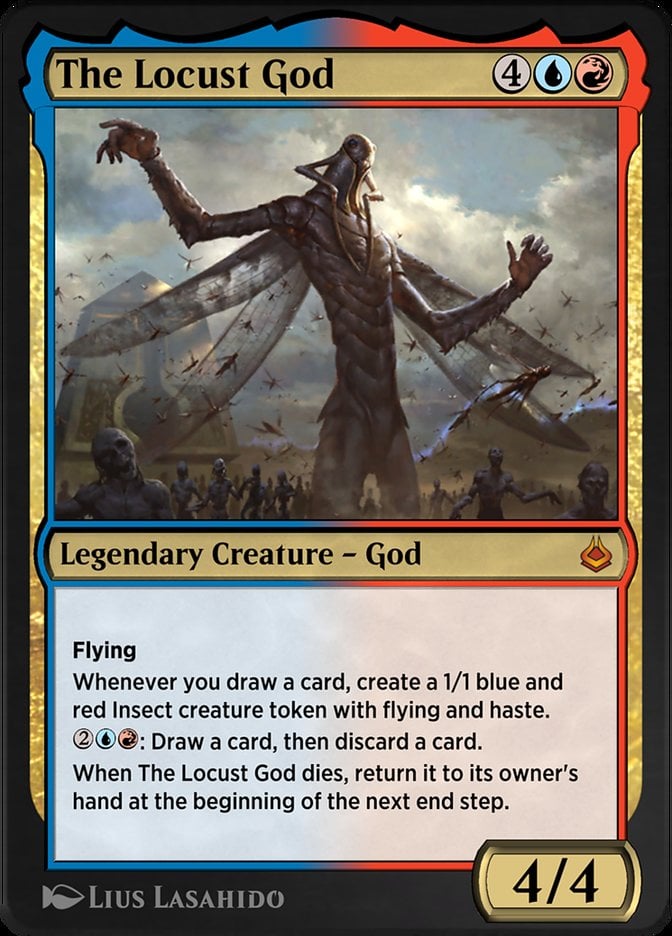

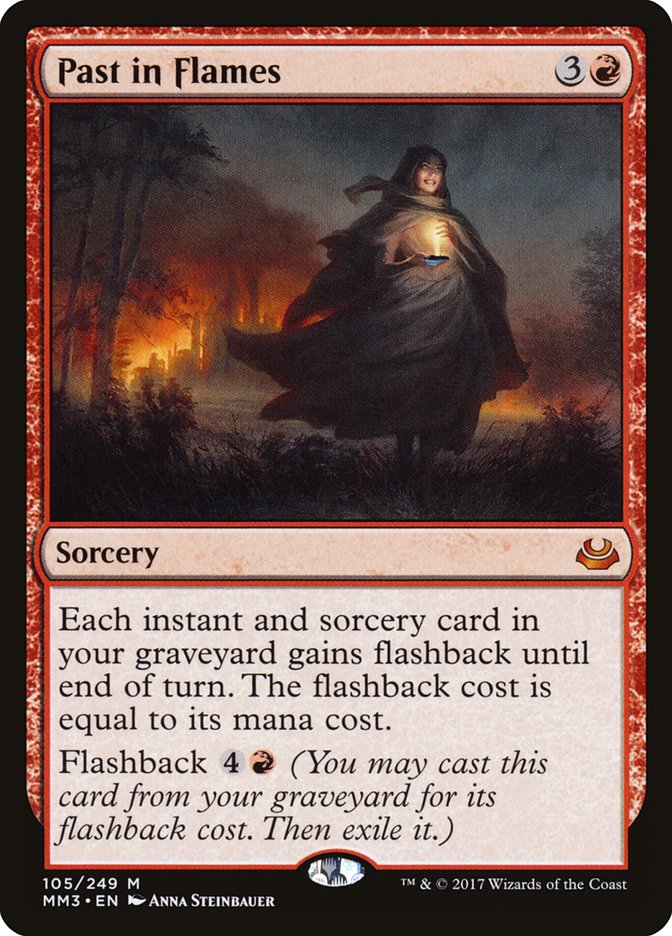
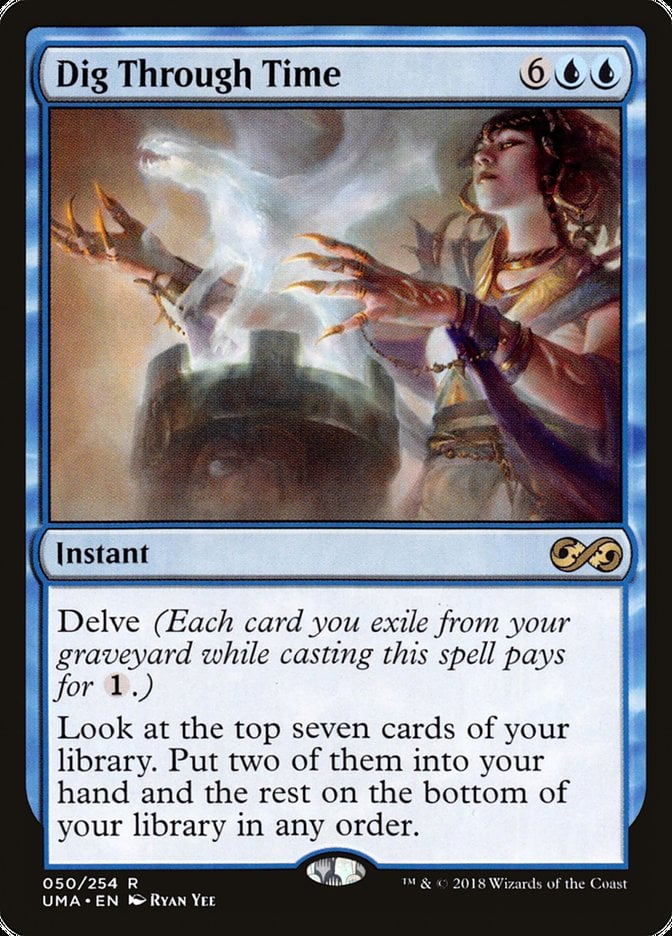
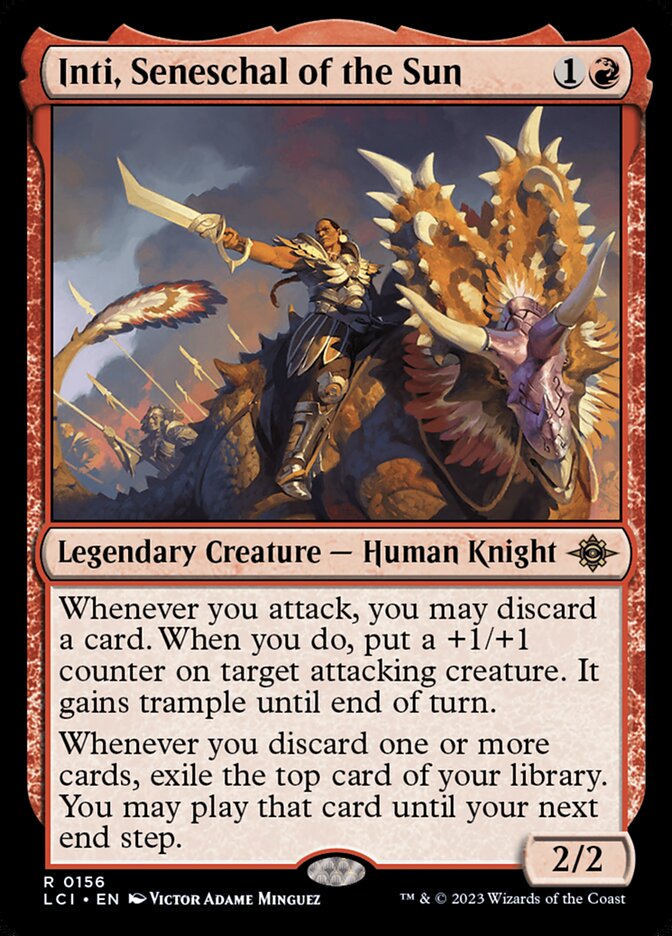
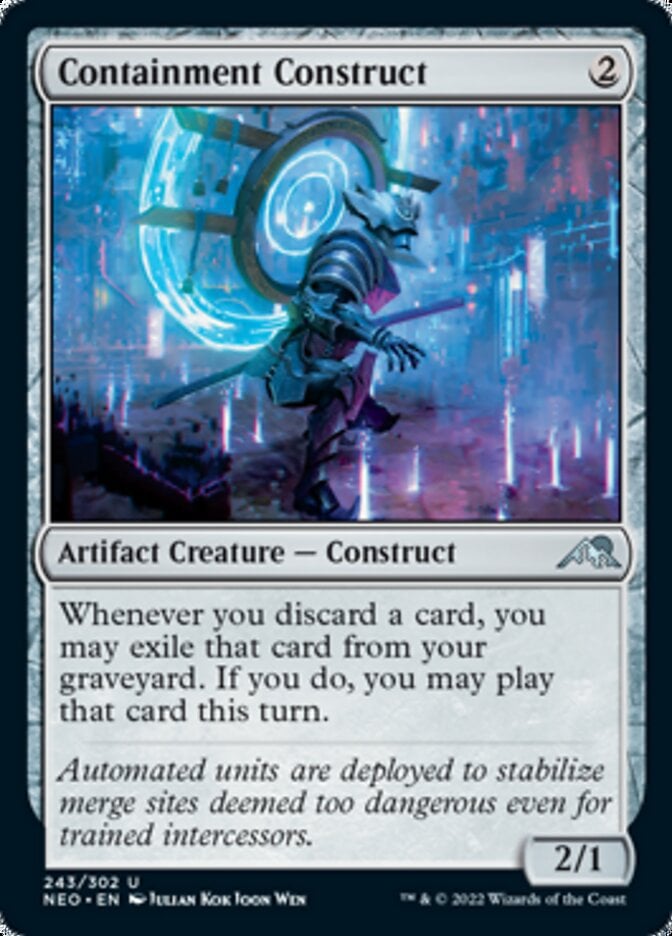



Add Comment